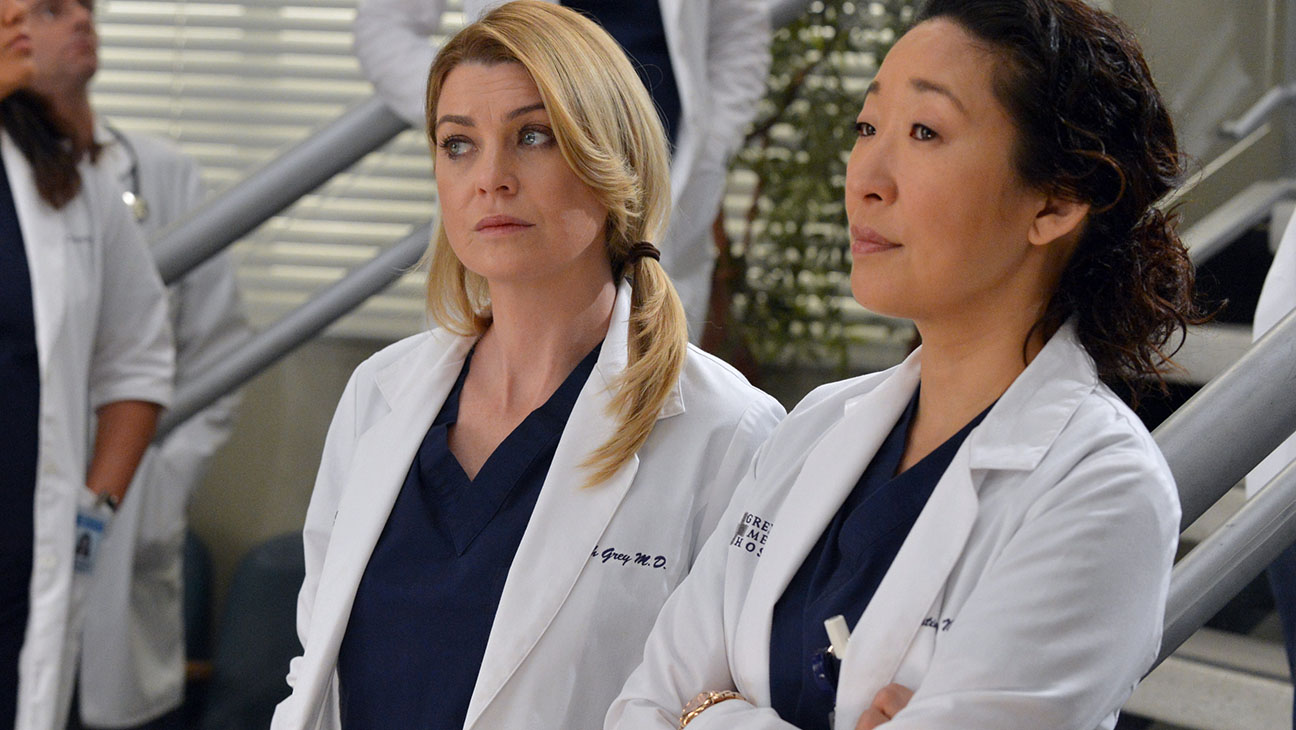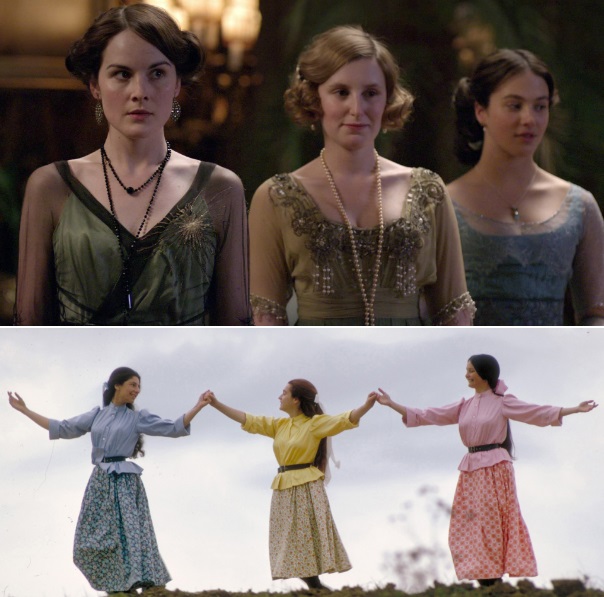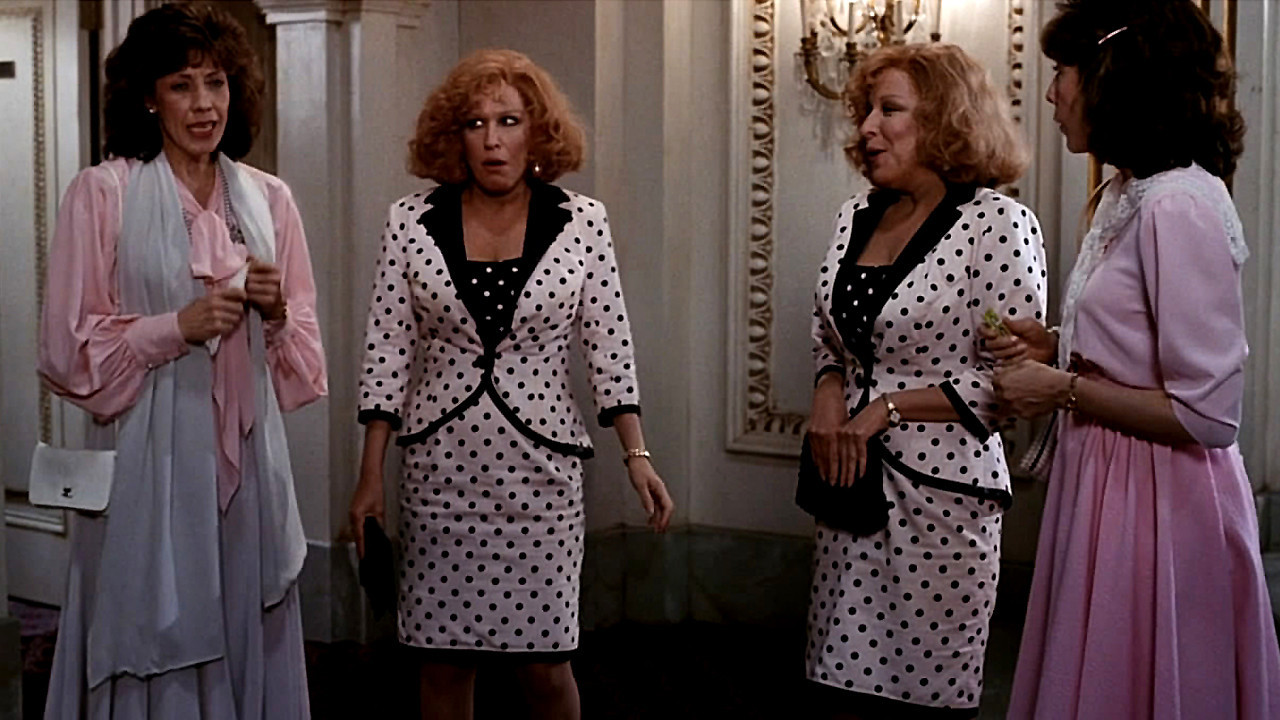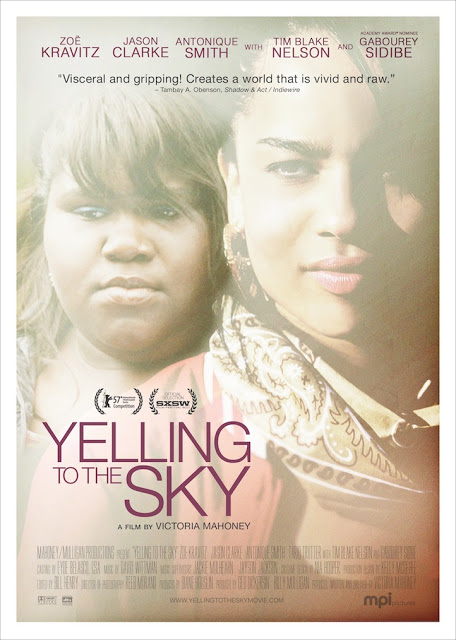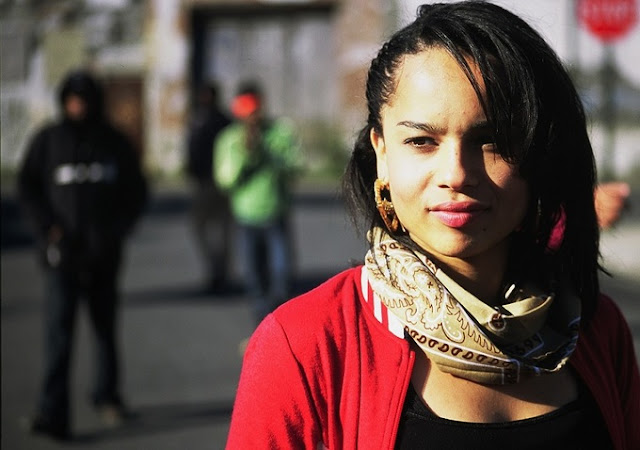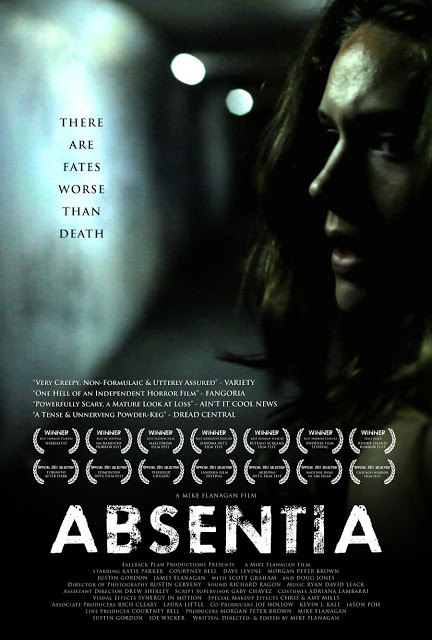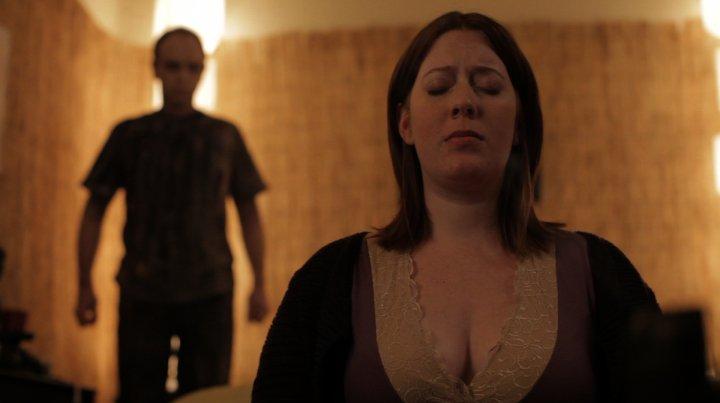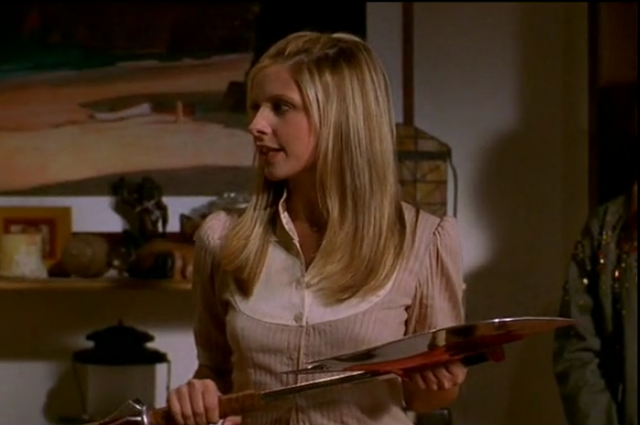This guest post written by Olivia Edmunds-Diez.
I am currently on my third rewatch of Grey’s Anatomy. It is a series to which I return when I need a good cry or when I need to feel inspired. With a dynamic and diverse cast that features a plethora of well-developed female characters, I am repeatedly drawn to Dr. Meredith Grey (Ellen Pompeo) and Dr. Cristina Yang (Sandra Oh). This time around, I can’t help but notice that the theme of sisterhood follows them consistently. I shouldn’t be entirely surprised that creator Shonda Rhimes would feature a prominent female friendship, given the nature of the show. Although Meredith and Cristina are not related, they might as well be. Dubbed the “Twisted Sisters,” they spend 10 seasons side by side and grow tremendously not just as individuals, but as a pair. Meredith and Cristina’s friendship withstands motherhood, men, and their careers.
Meredith and Cristina earned the nickname “Twisted Sisters” for good reason. Particularly in the early seasons of Grey’s Anatomy’s, both women experience and recount plenty of hardship. They each know what it’s like to pursue work over family, to have mixed and mostly negative feelings about their mothers, and they both have a tendency to assume the worst. But where others might find fault, Meredith and Cristina bond. After all, Grey’s Anatomy epitomized the definition of “my person.” Meredith and Cristina reach for each other consistently for 10 seasons, never allowing a male relationship to supersede their friendship. They can relate to each other in ways that their friends and boyfriends (and eventual husbands) never fully understand, which to me screams sisterhood. I know I can communicate with my sisters and anticipate their feelings in ways that even our parents never quite understood. Sisters know that going to “the dark place,” as Meredith calls it, is sometimes necessary. But it is far less scary when you’re not going alone.
Meredith and Cristina spend early seasons of Grey’s Anatomy with mixed feelings about children and motherhood. Cristina is consistent in her refusal to become a mother and Meredith eventually embraces her fear of turning in to her mother in order to start a family of her own. But even though these two women ultimately take different approaches to motherhood, each enthusiastically supports the other in her choice. Cristina supports Meredith emotionally and physically when Meredith and her husband adopt Zola and then later give birth. Meredith supports Cristina through two pregnancies, with the latter concluding in an abortion. As each woman exercises her right to choose, they affirm each other’s choices and provide them the support that their male partners do not always understand how to give, just as a sister would. In the show’s tenth season, Meredith feels conflicted about her dual roles as surgeon and mother. As Meredith begins to lash out, Cristina is the one to explain that neither of them are “better” for their life choices. But their choices are different and that will continue to lead them down different roads, which ultimately results in Cristina leaving the world of Grey-Sloan Memorial Hospital. And though it’s difficult for both Meredith and Cristina to separate, they can each understand that Cristina puts her career first and they are each supportive of these life choices, in ways that only sisters can be.
Meredith and Cristina also support each other through their relationships with men. Cristina is even the first to dub Derek Shepherd “McDreamy.” Whether dating men, marrying men, or having sex with men, Meredith and Cristina know not to judge each other’s choices. Meredith stands by Cristina throughout her almost first marriage and then again through her hasty actual first marriage. Cristina is sympathetic to Meredith’s on-again and off-again relationship with “McDreamy” and helped her emotionally be ready for their post-it marriage. A sister knows when to gossip about cute boys and when to hold her sister’s hand through a break-up; a sister knows when to encourage meeting someone new and when to suggest a quiet night at home.
Meredith and Cristina met as surgical interns and continue to work together as residents and attendings. They push each other, steal surgeries from each other, inspire ground-breaking research, and question each other’s judgments in operating rooms. For me, this is the most sibling-like that Meredith and Cristina can ever hope to be. Anyone with a sister knows that sisters know just how to push and prod your buttons. Sisters know when to tattle to mom or hold a grudge. But sisters also know how to celebrate your accomplishments, and that is exactly why Meredith and Cristina are so amazing. They are just as likely to be seen fighting over a case as they are “dancing it out” or drinking to celebrate.
Through Grey’s Anatomy, Shonda Rhimes teaches us that our sisters are not always related to us. Sometimes we marry into a family and discover a sister-in-law and sometimes we start a new job and find a new best friend. ‘Sister’ is so much more than a genetic link. ‘Sister’ is a job description, a kinship, a love, and a friend. Watching Grey’s Anatomy depict such a powerful female friendship consistently inspires me to improve my own relationships with women, looking to Meredith and Cristina as a model for how sisterhood really should be.
See also at Bitch Flicks: ‘Grey’s Anatomy and Assertive Sisters; Leaning In to ‘Grey’s Anatomy’; Meredith Grey’s Woman Problem; Women, Professional Ambition and ‘Grey’s Anatomy’; Cristina Yang as Feminist; ‘Grey’s Anatomy’ Advocates Abortion and Reproductive Rights
Olivia Edmunds-Diez is a Northwestern graduate, where she studied theatre and gender and sexuality studies. Her current favorite finds are Stranger Things, Big Little Lies, and the Waitress cast recording. You can follow her on Instagram, Twitter, and Tumblr.
